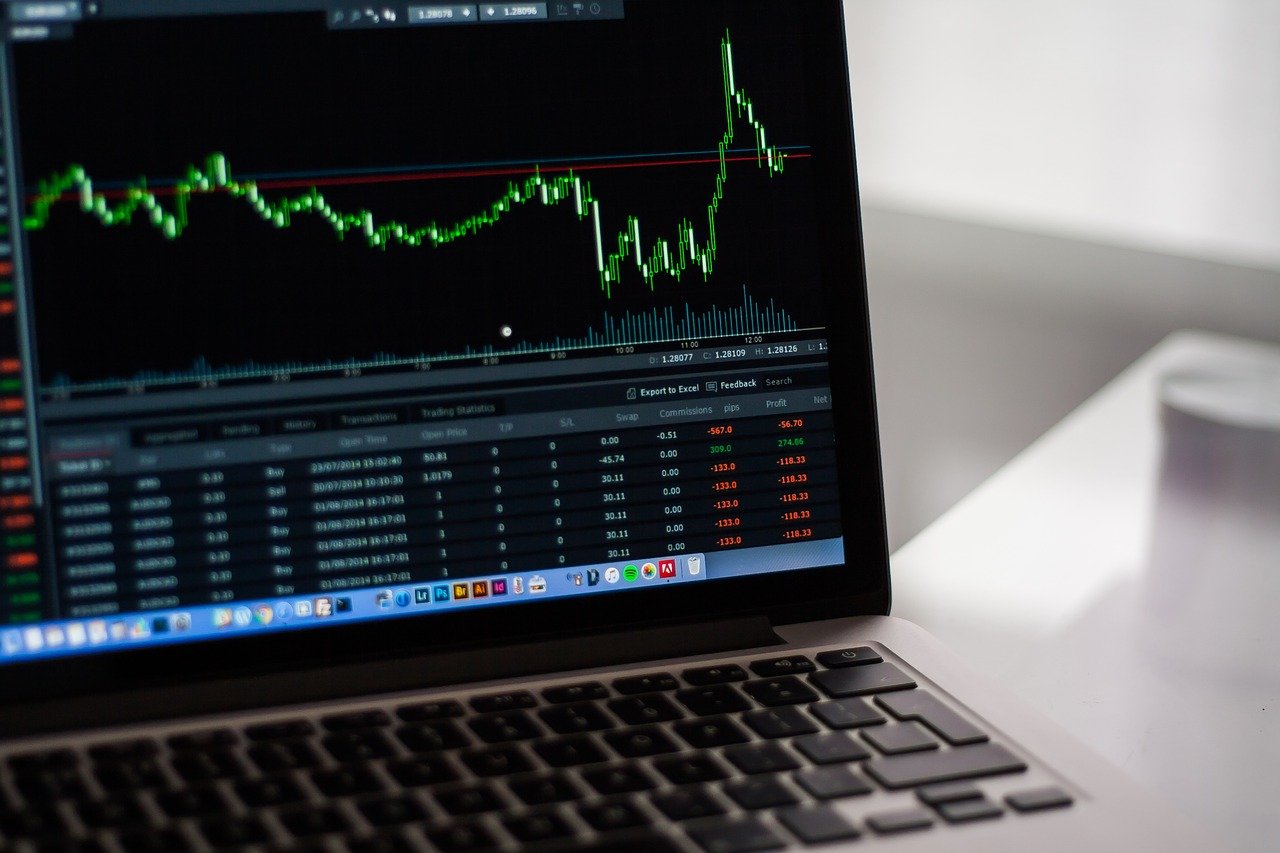Forex trading has many unusual words, acronyms, and phrases, which can be a little confusing for a forex trader. Failing to understand this terminology can be a hindrance to a forex trader’s success and profitability.
Therefore, every forex trader should understand the terms used in forex trading. Keep reading to grow your knowledge of forex terminology.
9 Forex Terms That Every Forex Trader Should Know.
1. Currency Pair
The world has over 180 recognizes currencies, which are circulating in different countries. However, only a few currencies are used globally. To do a cross border transaction, you will need to exchange your country’s currency for the other country’s currency.
Forex traders speculate on the performance of certain currencies using analysis tools to identify which currency price will perform. Traders can then buy and sell different currencies to make a profit.
When selecting the currencies to trade, you will notice that they are in pairs. For example, EUR/USD. The currency pair is the quotation of two currencies, where one, in this case, euro (EUR), is quoted against the other US Dollar (USD).
2. Leverage
Leverage allows a forex trader can open a position with a high contract price using less capital. In principle, leverage is the amount of borrowed capital within a trading account.
High leverage trading allows traders to effectively trade currency pairs, cryptocurrencies, and other financial instruments, without investing large amounts of capital.
For example, a trader may need 130,000 US dollars to trade a contract size of 100,000 per Lot. However, the trader may not have such a large amount of capital. Leverage of 1:500 will enable the trader to open such a position with only 260 US dollars. i.e., (130,000/500).
3. Bid and Ask Price
The bid and ask price is a two-way quotation of the best possible price, which an asset or security can be bought and sold at any given time.
The bid price refers to the highest price at which a buyer is prepared to pay for a stock or other security. The ask price, also known as offer price is the lowest price that a seller is ready to accept for an asset.
A trade occurs when a buyer is willing to pay the best ask price or sell at the highest bid price.
4. Spread
Spreads represent the price difference between bids and offers. An asset’s liquidity can be determined primarily by the spread. A small spread indicates that the asset is liquid.
5. Going Long and Going Short
Going long occurs when a trader buys the first part of a currency pair and sells the second part. Going long is when a trader thinks that the base currency will rise against the quote currency and buys the pair.
On the other hand, traders will sell a pair if they think the base currency will weaken against the quote currency. This is referred to as going short.
6. Margin
Margin refers to the initial capital that a trader puts in to open a position. It is the minimum amount that a trader requires in a trading account to open a new trade position. Forex margin is calculated as a percentage of the total value of the trade.
The margin determines the size of leverage. For example, if the margin is 5 per cent, then leverage is 20:1. If the margin is 2%, leverage is 50:1.
7. Percentage in Point (PIP)
Forex changes are measured in small units referred to as PIPs. In currency trading, a PIP is a change of the fourth decimal point on the price.
For example, EUR/USD has a quoted price of 1.20160. If the price moves to 1.20170, the price has risen by 0.0001 US dollars, representing one PIP.
8. Lot Size
One PIP movement in the forex represents a tiny amount. To take advantage of these movements, traders trade currencies in large batches called Lots. One standard Lot is equivalent to 100,000 units of the base currency.
However, since most individual traders cannot raise the large amount of capital required to trade a Lot, many platforms offer mini and micro-lots. A mini Lot is equivalent to 10,000 units of currency, while a micro Lot is equivalent to 1,000 units.
9. Bullish and Bearish
Bullish and bearish refers to the overall performance of the stock market. When the price is going up, the market sentiment is bullish. On the other hand, the market is bearish when the price is going down.
Conclusion
Forex terminology and acronyms can be very confusing for beginners. However, understanding these terms is critical because many analysis tools often refer to them. Forex traders should therefore keep reading and learning forex terms as the aim to be successful well-rounded traders.
